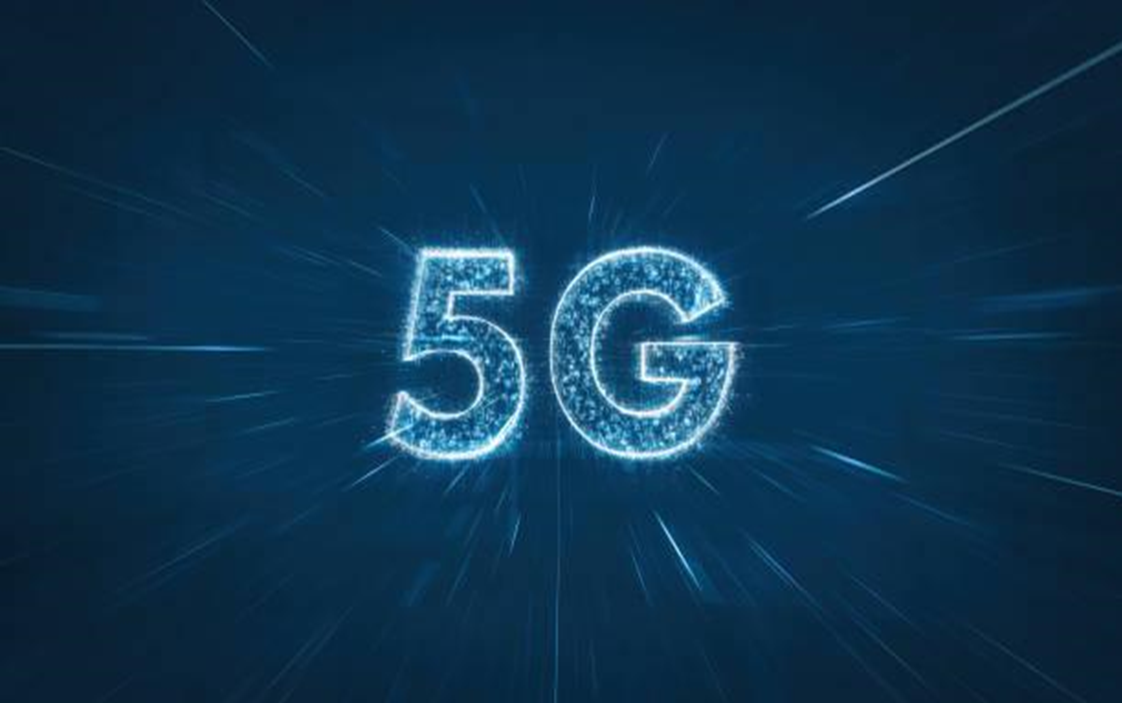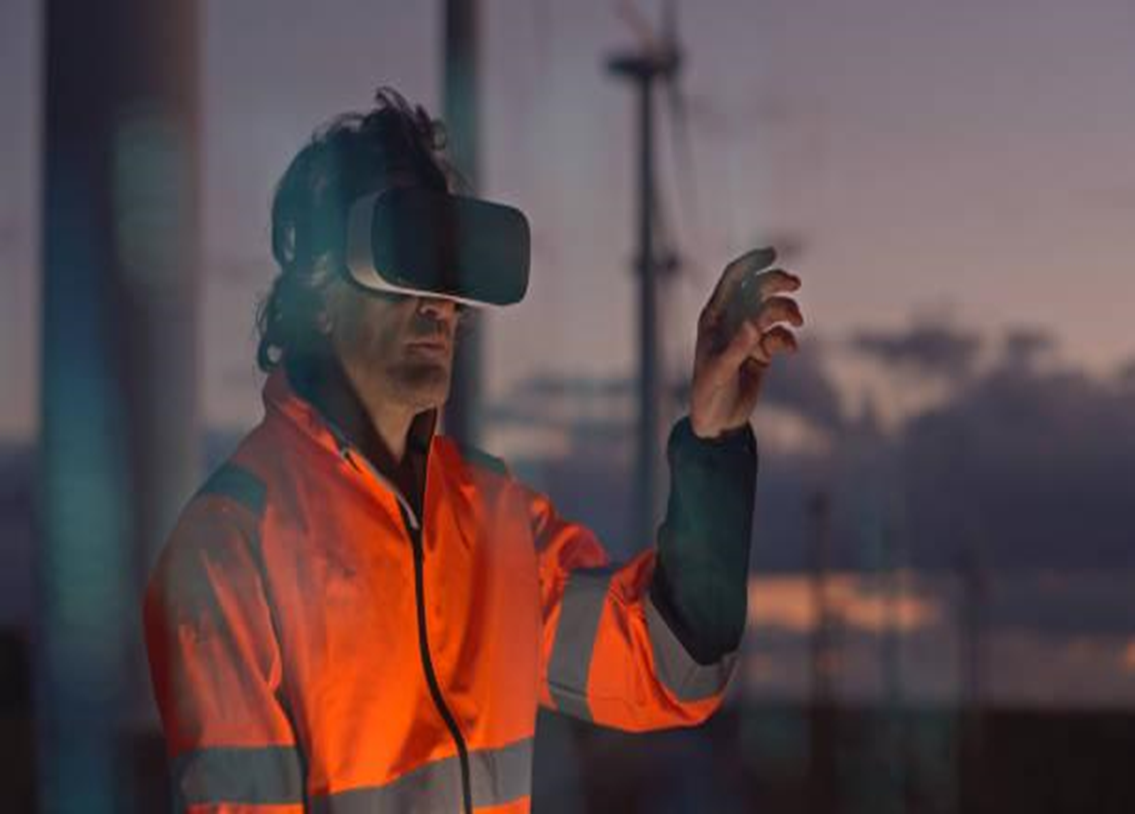The mobile application market is increasing at a good rate; it was predicted that in 2021, the market value will reach $174.61 billion, which is now expected to rise further by 14.10% CAGR from 2024 to 2032. However, if the management of any business wants to succeed effectively in mobile app technology for a long time, they first should find out the trends.
Understanding how digital developments will change the digital business environment is key to staying competitive. Being tech-aware is beneficial and crucial for professionals in this field, including entrepreneurs. This brief, business-focused guide provides the knowledge required to effectively navigate the 2024 mobile app market and position your company for future chances. Now is the time to incorporate change into your plan and take action!
Important Role of AI in Mobile App Development
Today, Artificial Intelligence is the backbone of mobile application development, providing enhanced user experience and business operations. Here are key areas where AI development is making a difference:
● Personalization at Scale
AI algorithms analyze user data to personalize the app with the user's preferences. This hyper-personalization is now widely used in applications (e-commerce to entertainment apps), significantly boosting user engagement and satisfaction.
● Enhanced User Interfaces
AI-powered NLP and ML technologies are on the way to the revolution of user interfaces. Today, apps can comprehend and predict users' needs based on conversational cues and past actions, making them more intuitive and user-friendly.
● Predictive Analytics
AI is now widely integrated into mobile apps for predictive analytics, enabling users to understand and act on insights and tips based on their predicted requirements. This technology is especially game-changing in finance and health, where personalized tips can greatly affect individual choices and life quality.
How 5G Technology is Changing Mobile Application Development?

Introducing 5G will be another revolutionary element of the mobile app market. 5G presents new challenges for software engineers and end users thanks to its superfast speeds and lower latency.
● Real-time Data Processing
5 G's low latency boosts real-time data processing. This feature will be key for real-time feedback applications like AR and VR.
● Enhanced Connectivity
Through 5G, mobile applications can perform more complicated operations and process bigger data volumes than the previous networks. Such enrichment is one of the key factors that allow the functioning of IoT apps based on the cooperation of different devices.
● Extended App Functionality and Scope
The bigger bandwidth of 5G prepares the ground for the emergence of more sophisticated and immersive app experiences that were impossible to implement. Developers may now directly build high-definition video streaming, AR integrations, and more complex AI computation into apps, which means that apps can now do more than previously imagined.
● Shorter Loading Times and Faster Content Delivery
5G's speed significantly reduces app loading times and improves content delivery, giving users rapid access to high-quality gaming and streaming. This skill is extremely important in a world where people demand speedy, smooth interactions with their digital material.
Integrating AI and 5G: Synergistic Future

The confluence of AI with 5G technology heralds an era of cooperative collaboration in mobile app development services. This combination not only enhances the app's existing functionalities but also inspires the development of new types of applications that may change how we live and work.
● Self-Driving Vehicles and Smart Cities
For example, developing autonomous car technology and smart city applications requires AI and 5G. These technologies rely on quick data processing, huge amounts of data, and the ability to communicate between different devices, abilities that are provided by AI development and 5G.
● Telemedicine and Remote Healthcare
AI and 5G synergy in healthcare are promulgating telemedicine, leading to real-time monitoring and consulting with unforeseen speed and precision. This advancement forms the basis for providing excellent medical care to areas with poor infrastructure.
● Advanced Security Features
In the digital era, security is the number one issue, and here, AI and 5G technologies are also catching up. There is an improved detection and response to threats by AI-powered security systems that work dynamically. Moreover, 5G's capabilities ensure these systems are effective and can work without delay.
● Improved VR & AR Technology
AI, along with 5G innovations, is a driving force in establishing a new technological area of VR and AR. While 5G provides high-speed and low-latency solutions, VR and AR functions will become more responsive and better approximates the real world, narrowing the gap between virtual and our reality. AI innovates these technologies with more intelligent simulations that recognize context and learn in real time, prompted by the user's surroundings and actions. VR synergy with AR is especially notable in gaming, education, and real estate, making these experiences even more immersive and the learning process very effective.
● Internet of Things (IoT) and Smart Homes Technologies
Artificial Intelligence (AI) and 5G also considerably support IoT and smart home technologies. AI tech can learn users' behaviours to automate tasks and optimise energy more efficiently, and with 5G's improvements in the network, these automated devices can communicate with each other effectively and without delays. This integration gives intelligent and IoT networks a higher level of robustness, reliability, and intelligence, resulting in smart homes and cities optimizing traffic systems, energy management, and ease of everyday life for the people, leading to sustainability.
Challenges and Considerations
Using AI and 5G in mobile app development presents challenges even with the encouraging developments. For overcoming all these technological issues, on the light side lies data privacy, cybersecurity, and digital equality. Moreover, the developers are supposed to be informed and updated on any novel technologies emerging and modern technology application methods.
Conclusion
The synergy of AI and 5G is reshaping the mobile app industry, enhancing user experience, and creating new possibilities in many sectors. Following 2024, we can be confident that technology construction and development will not slow down soon and will leave a deep imprint on the digital world. Keeping up with these developments will be essential for developers and organisations to take advantage of these technologies' enormous potential.


 Table of Content
Table of Content










